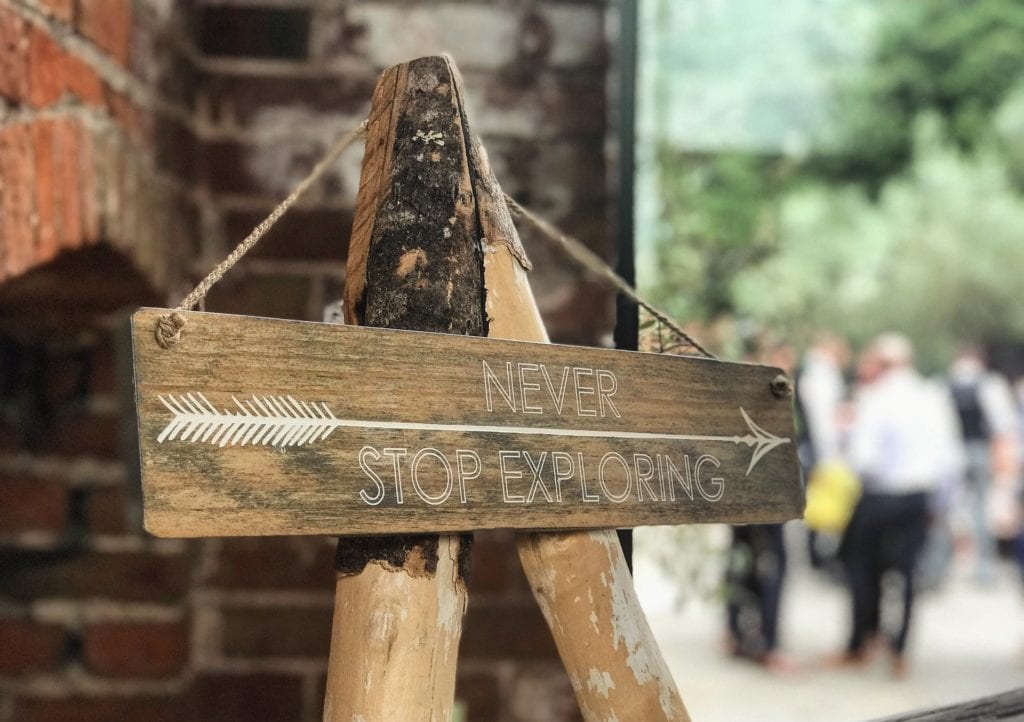As a designated “Premier” contract holder and hardware support provider, let’s start this informational blog with a few definitions to “level-set” comprehension for an surrounding the “best practices” we’re suggesting:
- Hardware Lifecycle Management: This is the practice of carefully understanding your actual hardware needs vs. your critical hardware needs, whereas critical needs are attached to urgent business drivers or executive mandates, then non-critical hardware assets are retained for longer periods after warranty expiration to permit a maximized ROI. This practice permits you to delay capital investments, but also drive down operating expenses by using independent support providers. Correlating “needs” to each hardware asset, will often create the opportunity to acquire pre-owned hardware, reducing CapEx. Equally as important, a committed effort to Hardware Lifecycle Management, once the OEM is made aware, will almost always create remarkable negotiating leverage. In summary:
- Healthcare IT can proactively drive down OpEx AND reduce CapEx
- Post-warranty assets have often reached “stable state,” and IT staff can dedicate more time to key business drivers, as opposed to chasing the bugs of new data center hardware
- Critical vs. Non-Critical Assessments create the cost-saving rationale for, and the ability to quantify the value of choosing pre-owned servers, storage, and networking assets.
- Having any post-warranty hardware creates the cost-saving rationale for, and the ability to quantify OpEx savings by using an Independent Support Provider.
- Your ITAM teams will need to stretch their skills beyond software activities, but the Data Center Operations (or Hardware Infrastructure) staff can provide valuable input!
- Not all expensive tech refreshes are mandatory. Instead, you have the luxury of keeping older hardware for as long as it operates, or is of value!
- Hybrid Hardware Support: This is where hardware assets (e.g., servers, storage, and network gear) under warranty is maintained by the OEM, but post-warranty assets are maintained by a significantly less expensive independent hardware support provider (like XSi).
Great, now we have a common language! Let’s dive directly into the “Best Practices” in Hardware Lifecycle Management:
- Proactively Involve the ITAM Team: By its very definition, ITAM – IT Asset Management – is about ALL IT assets and not just software. Their tools and automation can be of great assistance (and should be easily scalable) to accommodate hardware asset data. Click Here to read a blog that’s essential for your supervisor and the ITAM team leader.
- Consider (or Re-Consider) your RFP Process, Content & Collaboration Through Vendor Selection: Even Gartner analysts will tell you that most RFPs for independent hardware support or the acquisition or pre-owned hardware are quite awful. An industry ally and partner of ours has published two (in a series) articles, at the “Future of Sourcing” to help you get started:
- Use Your Best Critical Thinking When Encountering Vendor F.U.D.: The industry of independent providers have referred to vendor-provided untruths as FUD – Fear, Uncertainty & Doubt. Not that long ago, it was only an OEM sales strategy to sling the FUD; however, as independent support has grown more competitive, “fake news” seems to be everywhere! Do your due diligence, check, and re-check.
- Avoid Issues of Counterfeit Parts: Whether buying independent hardware maintenance, self-maintaining or relying on T&M (or SmartHands) support, it is NEVER a good idea to be sourcing parts from eBay. Quite honestly, we are amazed that so many business professionals still do this. Check out my recent blog about this issue.
- Know Where to Find the Resellers of Pre-Owned Hardware: I happen to be on the board of directors for ASCDI, an organization of respected resellers that have very high ethical standards for members articulated right in their business charter. ASCDI members are here: https://www.ascdi.com/directory/
- Know Where to Find Independent Hardware Maintenance Professionals: I happen to also be on the board of directors for the Service Industry Association (SIA). SIA members are here: https://www.servicenetwork.org/about/meet-our-members/
- Keep Data Center Operations “at the table” & Helpful Throughout Vendor Vetting: In more recent years, hardware support procurement and hardware acquisition have been too often handled only by IT procurement. We believe this is a grave mistake and puts your data center stability and resiliency at great risk. Please read this blog explaining why.
We are proud of our relationship with Premier and what we can offer its member network! As we publish informational/educational blogs almost weekly, please follow our LinkedIn Company Profile at www.linkedin.com/company/evernex/.
Follow Us On LinkedIn






